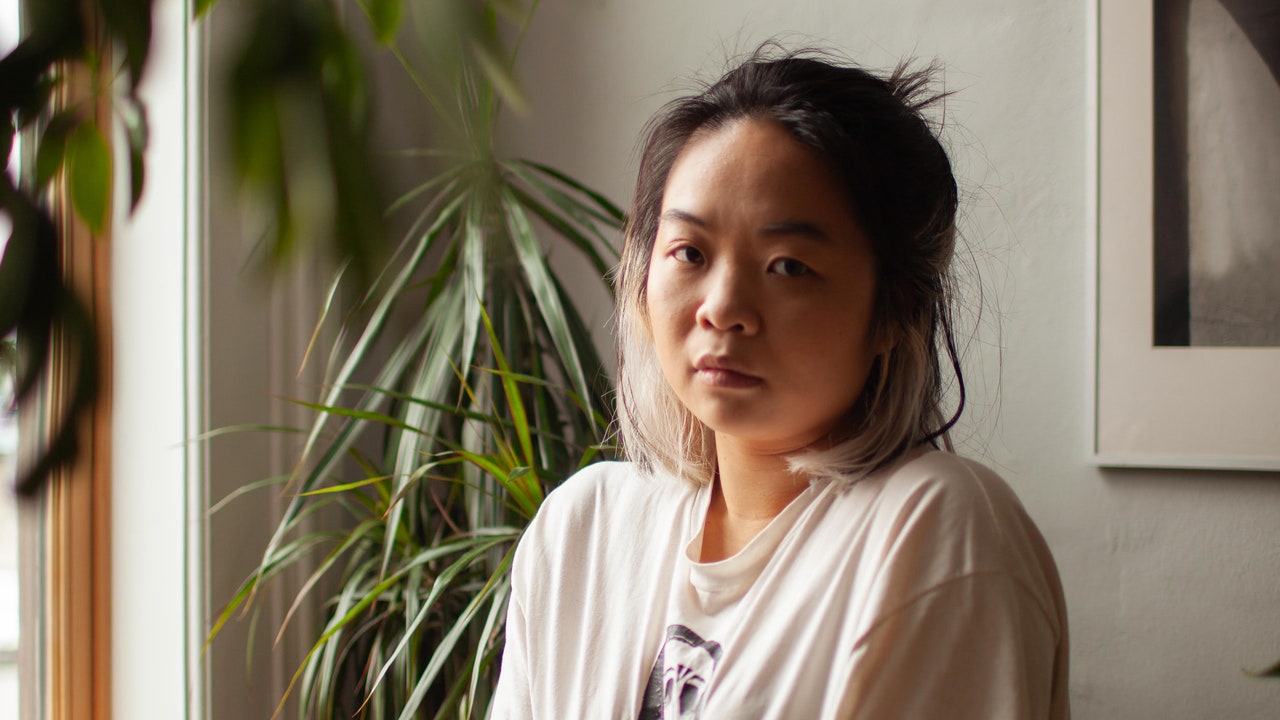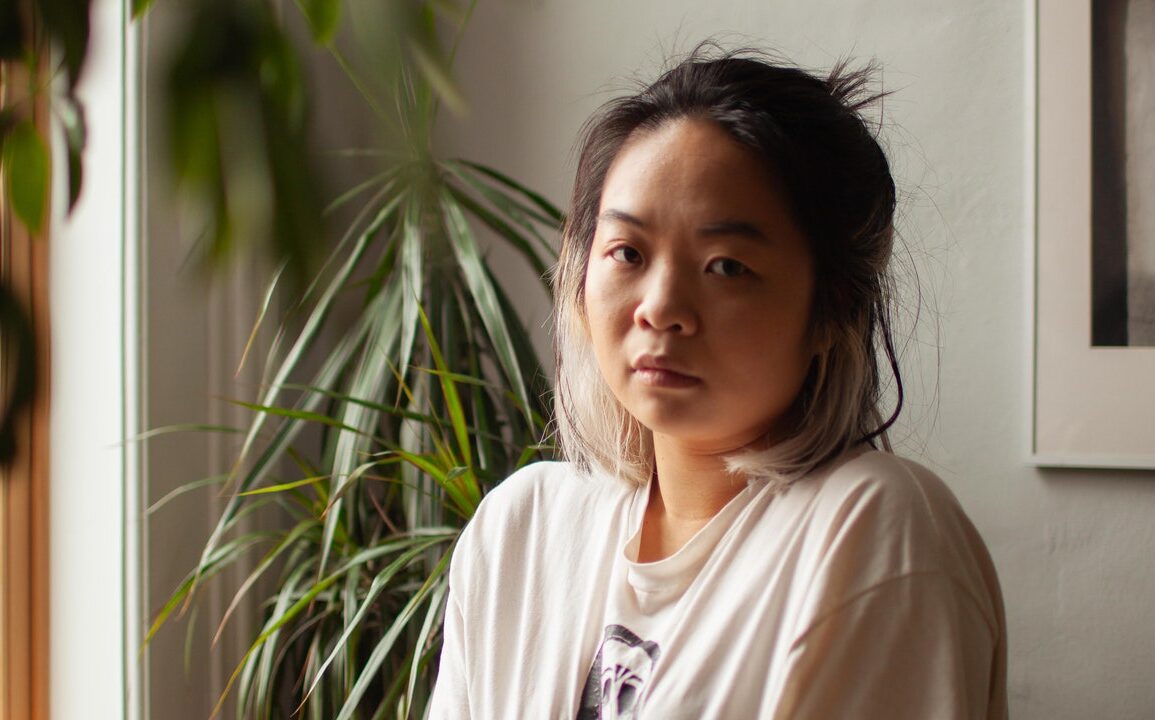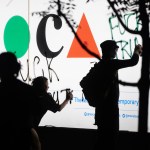
“One of Them” is all about you. More community than column, this space is where we’ll be speaking to friends and idols, history-makers of the past and present, and those who inspire us, challenge us, and dare us to ask for more from this world. It is where we can be together. Read more here.
For the writer and illustrator Vic Liu,“be gay, do crime” is not simply a slogan for Instagram or a colorful backpack pin. The phrase reflects a central theme of their work.
“The difference between crime and harm is something that’s often discussed in abolitionist spaces,” says Liu, the co-author and illustrator of The Warehouse: A Visual Primer on Mass Incarceration, a three-part examination of the economic and political conditions that created mass incarceration. “Crime is the breaking of a rule that the government has decided — parking in the wrong place, for example. Harm is when you deeply hurt someone.”
For most of U.S. history — and arguably into the present day — being gay was doing crime. Until the 1970s, the punishment for sodomy across the United States could be life in prison. In the 1950s and 1960s, “three piece clothing laws” required women to wear a dress, bra, and underwear, or risk arrest during raids of queer bars. Today, the criminalization of queerness and transness takes the form of bans on gender-affirming care and drag performance. And so for Liu, “crimes” are often constructs governments use to limit our possibilities for pleasure, discovery, and bodily autonomy. Be gay, defy unjust laws. Be gay, resist the norm. Be gay, become yourself.
Out now from PM Press, The Warehouse contains hundreds of illustrations from Liu and incarcerated artists, each designed to help people on the outside understand a system predicated on disappearance. Co-authored with abolitionist James Kilgore, the text also offers strategies to imagine new forms of justice and care, detailing how accessible housing, free education, and improved health care could reduce harm in our societies. Liu notes that these interventions would be especially critical for LGBTQ+ people, who are incarcerated at three times the rate of the general population. According to The Vera Institute of Justice, more than 85% of incarcerated trans people have spent time in solitary confinement, and over half of those people spent more than a year there. Additionally, 20% of youth in the juvenile legal system are queer, and 85% of those are queer youth of color.
This post was originally published on this site be sure to check out more of their content.







